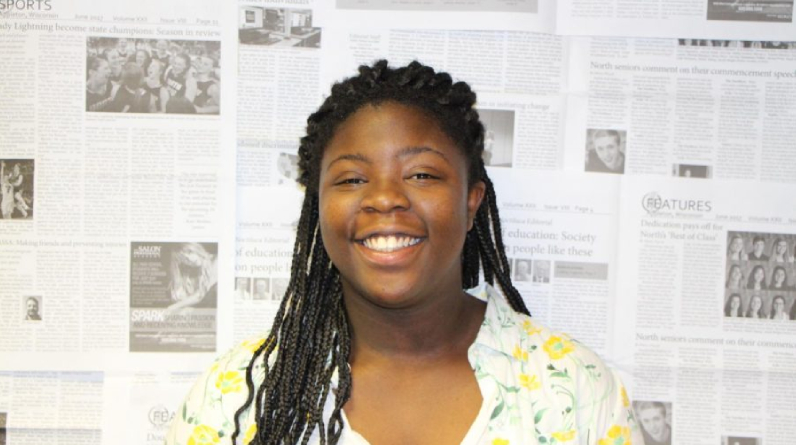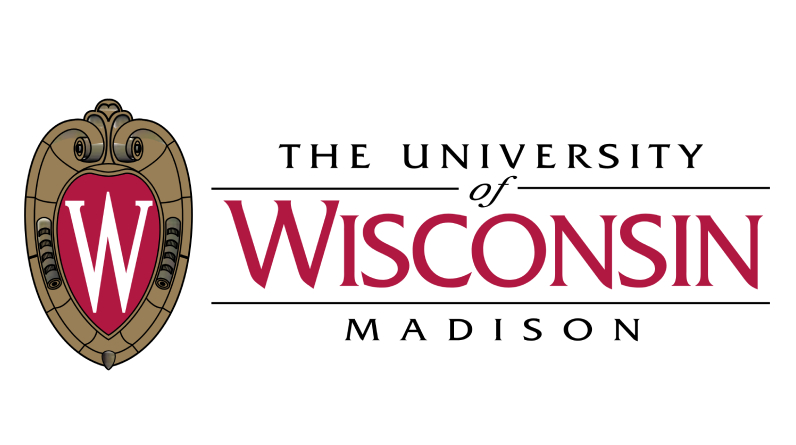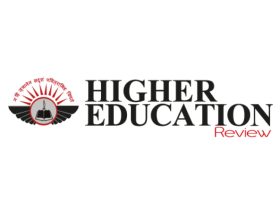Chancellor Jennifer Mnookin has announced that the Public History Project at the University of Wisconsin–Madison will be formalised into a permanent centre with a full-time staff to continue and expand on its work.
The new department, which will be known as the Rebecca M. Blank Center for Campus History, will be part of the Department of Education. Its employees will be committed to sharing the university’s history with students, faculty, and staff in order to improve teaching, policymaking, and diversity and inclusion initiatives.
Chancellor Emerita Blank was instrumental in the development of the Public History Project, and Mnookin believes that naming the centre after her is a great way to recognise and honour her. “Chancellor Emerita Blank understood that in order for our campus to progress, we had to confront and understand our past mistakes. Her foresight and leadership kicked off this initiative, and with today’s news, we’re taking the next step.
The university plans to open the new centre by the middle of the summer, when the Public History Project concludes.
Mnookin credits the “extraordinary work and leadership of Director Kacie Lucchini Butcher and team” for the Public History Project’s huge impact on campus and the larger community. “The faculty, staff, and students here are excited to learn from this past and apply it to the present and future of our campus. By opening this new facility, we pledge to make the Public History Project’s goals an integral part of campus life and policy.
The Sifting and Reckoning exhibition as a whole, with viewers pausing to read some of the displays.
Attendees peruse the Chazen Museum of Art’s “Sifting and Reckoning: UW-History Madison’s of Exclusion and Resistance” exhibition. The Public History Project at the University of Wisconsin–Madison, which spanned several years, produced the exhibition as one outcome of its efforts to learn more about the institution’s history of discrimination and exclusion. The project’s efforts will be expanded upon by the recently announced Rebecca M. Blank Center for Campus History. BRYCE RICHTER IN THE PHOTO
In 2019, Chancellor Emerita Blank requested the Public History Project as one of several responses to a campus study group’s investigation into the origins of two Ku Klux Klan-themed student organisations at the University of Wisconsin–Madison in the early 1920s. The goal of the project was to identify and amplify the experiences of those who had to deal with discrimination or exclusion while attending UW–Madison, and whose efforts to do so ultimately benefited the campus.
A number of Public History Project employees and researchers, including many students, have written blog posts based on their findings. The Chazen Museum of Art hosted a museum exhibition titled “Sifting and Reckoning: UW-History Madison’s of Exclusion and Resistance” from September 12, 2022, to December 23, 2022, as part of this project. One of the most popular shows in the museum’s main gallery in recent history, it was seen by 23,121 people and visited by 160 tour groups. Over 12,000 visitors from 47 different states and 44 different countries have explored the exhibition’s companion website.
After seeing the exhibit, both current students and alums reported feeling a stronger sense of loyalty to the University of Washington, according to LaVar Charleston, the university’s deputy vice chancellor and chief diversity officer. For the first time in some cases, they were able to see themselves and their communities represented in the university’s past.
The president of the student government at the University of Wisconsin, Ndemazea Fonkem, expressed excitement over the news of the new facility.

“We are thrilled that the university has taken the step not to shy away from its history but to confront it,” Fonkem says, adding that the university and the Public History Project worked together to pass legislation in support of the project’s continuation. Members of our body, like Kylie Hollenstein and Amaya Boman, have worked tirelessly over the past year to prove the significance of this project to the students.
Also Read :Can We Expect a Full Transition to Online Courses in Higher Education in 2023
John Zumbrunnen, the vice provost for teaching and learning, says that many details regarding the new centre are still being discussed and will be shared with the campus community as planning continues, such as the possibility of space on campus for physical exhibits related to the center’s work.
A political science professor named Zumbrunnen claims that many other professors on campus have used information from the Public History Project in their own classes. He thinks this trend will gain traction as the new center’s staff offers teachers ongoing support in curriculum creation.
To paraphrase Zumbrunnen, “it has always been incredibly powerful to connect students with events that happened on this very campus” when teaching about democracy and the history of protest movements. The new facility will provide students with a regional perspective from which to study global issues.
Since its inception, Lucchini Butcher, a public historian and prize-winning museum curator, has been in charge of the Public History Project. Last summer, Taylor L. Bailey, who had been working on the project since her days as a graduate student, was promoted to the position of assistant director. As a pair, they have been actively involved in campus life, representing the university at various events and forums, and educating students and faculty about its rich history.
Zumbrunnen emphasises the significance of praising Kacie and Taylor for their hard work and lauding the team they have assembled. Those people are a major reason why students here care so much about the project.
Since history is often uncomfortable to face, Bailey says she was somewhat surprised by the public’s reception of the project.
She says, “It makes me feel proud that people are talking about it and finding it useful and helpful.”
As the new centre takes shape this spring, Lucchini Butcher will host campus listening sessions.
Lucchini Butcher says, “Taylor and I are thrilled that this work will continue.” The original Public History Project could only cover so much ground. We zeroed in on completing the museum exhibition as our main priority. There is so much more that can be accomplished on campus now, and we want to hear from students, faculty, and staff about how they think the new centre can best serve the university.



Leave a Reply